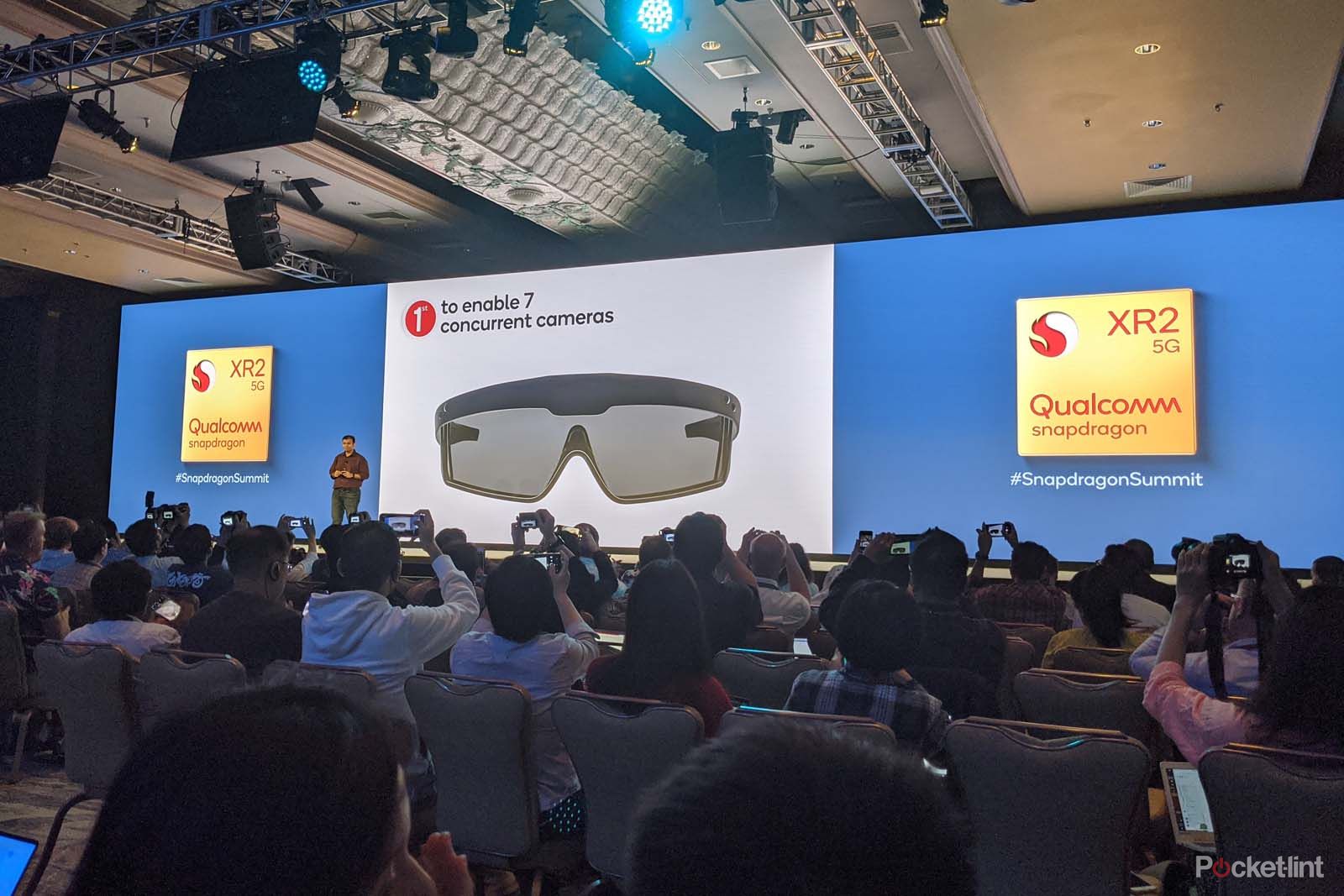Qualcomm has unveiled a new hardware platform to power extended reality devices - that's AR, VR or a mixture of both - called the Snapdragon XR2.
Qualcomm has been using its Snapdragon hardware to power a wide range of AR and VR devices, offering a platform for standalone headsets for a range of different applications.
Claiming a range of world's first, this new platform will offer a range of enhancements, putting new powers in the hands of - or on the head of - consumers. Not only is this a more powerful platform, but it also brings 5G to the party.
The new Snapdragon XR2 platform will support up to seven cameras, allowing passthrough so you can combine the real world and the virtual world. How the seven cameras are used will be down to the manufacturers who design and build using the XR2 platform, but those cameras could be for head tracking, facial tracking, controller tracking, eye tracking and a whole lot more.
But the cameras can also be used to create a virtual world from what's around you in the real world. Essentially, the more cameras you have, the more options there will be for what you can do with your headset.
XR2 will support up to 3000 x 3000 pixels per eye, at 90fps, which will be great for gaming. Qualcomm says that you'll be able to get 360-degree 8K at 60fps, but there will be support for higher frame rates, up to 120fps. There will also be support for HDR, further boosting the visuals to make for a more immersive visual experience.
Not only is there a big graphics boost for but audio, integrating things like audio context detection - with the headset able to alert you to audio events in the real world, like the doorbell or a baby crying.
The addition of 5G means that you'll be able to get access to low latency data for a more seamless experience, while also giving mobile freedom for a headset. It won't demand that you're at home connected to Wi-Fi, you could be out on the side of the road, but still able to stream high quality video into the headset.
Qualcomm has a reference design for the new hardware, but says that it's keeping the specs under wraps for a few months, so it's likely to be showcased at Mobile World Congress in February 2020.



